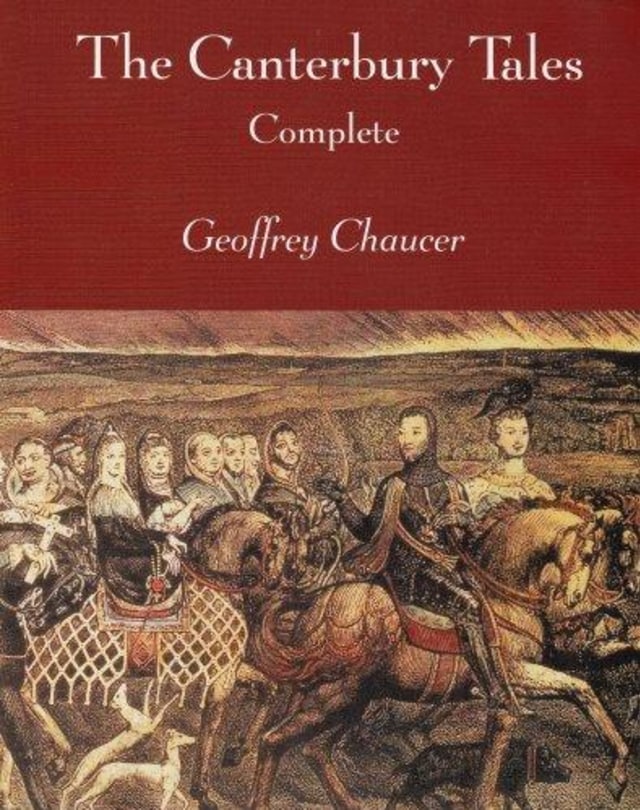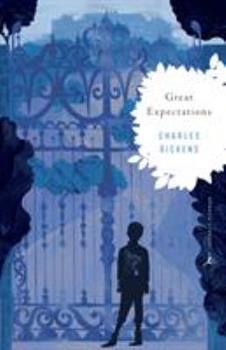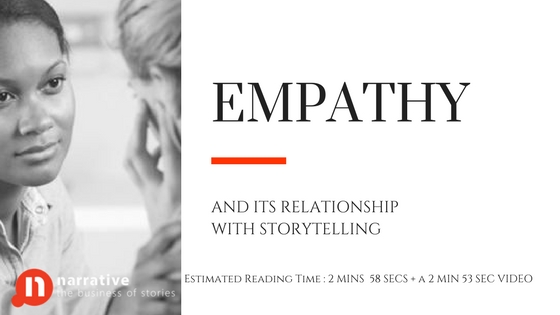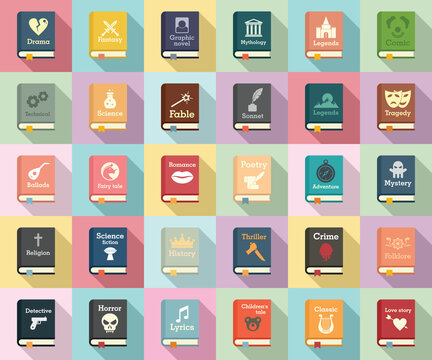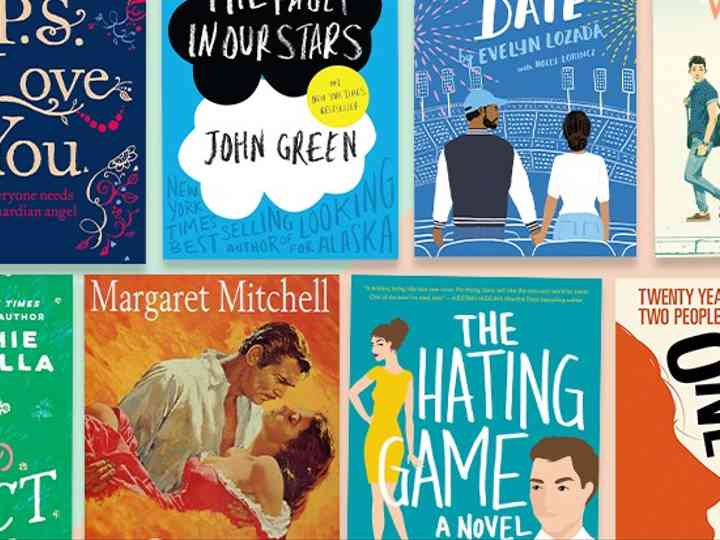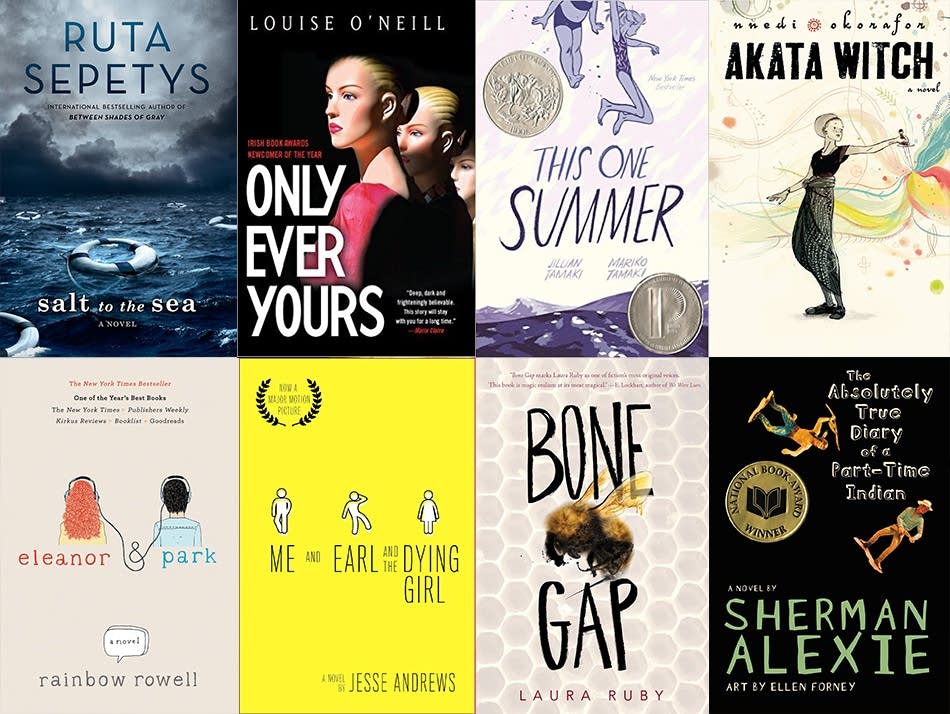NLP vs NLU: From Understanding to its Processing by Scalenut AI

He led technology strategy and procurement of a telco while reporting to the CEO. He has also led commercial growth of deep tech company Hypatos that reached a 7 digit annual recurring revenue and a 9 digit valuation from 0 within 2 years. Cem’s work in Hypatos was covered by leading technology publications like TechCrunch and Business Insider.
The idea is to break down the natural language text into smaller and more manageable chunks. These can then be analyzed by ML algorithms to find relations, dependencies, and context among various chunks. Natural Language Generation, or NLG, takes the data collated from human interaction and creates a response that a human can understand. Natural Language Generation is, by its nature, highly complex and requires a multi-layer approach to process data into a reply that a human will understand. In the context of a conversational AI platform, if a user were to input the phrase ‘I want to buy an iPhone,’ the system would understand that they intend to make a purchase and that the entity they wish to purchase is an iPhone.
Back then, the moment a user strayed from the set format, the chatbot either made the user start over or made the user wait while they find a human to take over the conversation. For example, in NLU, various ML algorithms are used to identify the sentiment, perform Name Entity Recognition (NER), process semantics, etc. NLU algorithms often operate on text that has already been standardized by text pre-processing steps.
This book is for managers, programmers, directors – and anyone else who wants to learn machine learning. NLP can process text from grammar, structure, typo, and point of view—but it will be NLU that will help the machine infer the intent behind the language text. So, even though there are many overlaps between NLP and NLU, this differentiation sets them distinctly apart. Conversely, NLU focuses on extracting the context and intent, or in other words, what was meant.
Imagine planning a vacation to Paris and asking your voice assistant, “What’s the weather like in Paris? ” With NLP, the assistant can effortlessly distinguish between Paris, France, and Paris Hilton, providing you with an accurate weather forecast for the city of love. Sentiment analysis, thus NLU, can locate fraudulent reviews by identifying the text’s emotional character.
Our open source conversational AI platform includes NLU, and you can customize your pipeline in a modular way to extend the built-in functionality of Rasa’s NLU models. You can learn more about custom NLU components in the developer documentation, and be sure to check out this detailed tutorial. 7 min read – Six ways organizations use a private cloud to support ongoing digital transformation and create business value. 6 min read – Get the key steps for creating an effective customer retention strategy that will help retain customers and keep your business competitive. Businesses like restaurants, hotels, and retail stores use tickets for customers to report problems with services or products they’ve purchased. For example, a restaurant receives a lot of customer feedback on its social media pages and email, relating to things such as the cleanliness of the facilities, the food quality, or the convenience of booking a table online.
One of the primary goals of NLU is to teach machines how to interpret and understand language inputted by humans. NLU leverages AI algorithms to recognize attributes of language such as sentiment, semantics, context, and intent. For example, the questions “what’s the weather like outside?” and “how’s the weather?” are both asking the same thing. The question “what’s the weather like outside?” can be asked in hundreds of ways. With NLU, computer applications can recognize the many variations in which humans say the same things.

NLP and NLU, two subfields of artificial intelligence (AI), facilitate understanding and responding to human language. Though looking very similar and seemingly performing the same function, NLP and NLU serve different purposes within the field of human language processing and understanding. Natural Language Processing focuses on the interaction between computers and human language.
What is NLP?
On the other hand, natural language understanding is concerned with semantics – the study of meaning in language. NLU techniques such as sentiment analysis and sarcasm detection allow machines to decipher the true meaning of a sentence, even when it is obscured by idiomatic expressions or ambiguous phrasing. The integration of NLP algorithms into data science workflows has opened up new opportunities for data-driven decision making.

We’ll also examine when prioritizing one capability over the other is more beneficial for businesses depending on specific use cases. By the end, you’ll have the knowledge to understand which AI solutions can cater to your organization’s unique requirements. Questionnaires about people’s habits and health problems are insightful while making diagnoses. Since then, with the help of progress made in the field of AI and specifically in NLP and NLU, we have come very far in this quest. The first successful attempt came out in 1966 in the form of the famous ELIZA program which was capable of carrying on a limited form of conversation with a user.
Natural Language Understanding(NLU) is an area of artificial intelligence to process input data provided by the user in natural language say text data or speech data. It is a way that enables interaction between a computer and a human in a way like humans do using natural languages like English, French, Hindi etc. If a developer wants to build a simple chatbot that produces a series of programmed responses, they could use NLP along with a few machine learning techniques. However, if a developer wants to build an intelligent contextual assistant capable of having sophisticated natural-sounding conversations with users, they would need NLU. NLU is the component that allows the contextual assistant to understand the intent of each utterance by a user. Without it, the assistant won’t be able to understand what a user means throughout a conversation.
In recent years, with so many advancements in research and technology, companies and industries worldwide have opted for the support of Artificial Intelligence (AI) to speed up and grow their business. AI uses the intelligence and capabilities of humans in software and programming to boost efficiency and productivity in business. To have a clear understanding of these crucial language processing concepts, let’s explore the differences between NLU and NLP by examining their scope, purpose, applicability, and more. Applications for NLP are diversifying with hopes to implement large language models (LLMs) beyond pure NLP tasks (see 2022 State of AI Report).
The Difference Between NLP and NLU Matters
Meanwhile, our teams have been working hard to introduce conversation summaries in CM.com’s Mobile Service Cloud. The space is booming, evident from the high number of website domain registrations in the field every week. The key challenge for most companies is to find out what will propel their businesses moving forward.
For instance, inflated statements and an excessive amount of punctuation may indicate a fraudulent review. In this section, we will introduce the top 10 use cases, of which five are related to pure NLP capabilities and the remaining five need for NLU to assist computers in efficiently automating these use cases. Figure 4 depicts our sample of 5 use cases in which businesses should favor NLP over NLU or vice versa. NLU skills are necessary, though, if users’ sentiments vary significantly or if AI models are exposed to explaining the same concept in a variety of ways. It’s possible AI-written copy will simply be machine-translated and post-edited or that the translation stage will be eliminated completely thanks to their multilingual capabilities. In the world of AI, for a machine to be considered intelligent, it must pass the Turing Test.
And if the assistant doesn’t understand what the user means, it won’t respond appropriately or at all in some cases. NLP consists of natural language generation (NLG) concepts and natural language understanding (NLU) to achieve human-like language processing. Until recently, the idea of a computer that can understand ordinary languages and hold a conversation with a human had seemed like science fiction. NLP processes flow through a continuous feedback loop with machine learning to improve the computer’s artificial intelligence algorithms. Rather than relying on keyword-sensitive scripts, NLU creates unique responses based on previous interactions. It aims to highlight appropriate information, guess context, and take actionable insights from the given text or speech data.
Natural Language Understanding: What It Is and How It Differs from NLP
On the other hand, NLU is concerned with comprehending the deeper meaning and intention behind the language. By considering clients’ habits and hobbies, nowadays chatbots recommend holiday packages to customers (see Figure 8). For instance, the address of the home a customer wants to cover has an impact on the underwriting process since it has a relationship with burglary risk. NLP-driven machines can automatically extract data from questionnaire forms, and risk can be calculated seamlessly. Both technologies are widely used across different industries and continue expanding. Already applied in healthcare, education, marketing, advertising, software development, and finance, they actively permeate the human resources field.
NLG is used to generate a semantic understanding of the original document and create a summary through text abstraction or text extraction. In text extraction, pieces of text are extracted from the original document and put together into a shorter version while maintaining the same information content. Text abstraction, the original document is phrased in a linguistic way, text interpreted and described using new concepts, but the same information content is maintained.
More precisely, it is a subset of the understanding and comprehension part of natural language processing. Robotic Process Automation, also known as RPA, is a method whereby technology takes on repetitive, rules-based data processing that may traditionally have been done by a human operator. Both Conversational AI and RPA automate previous manual processes but in a markedly different way. Increasingly, however, RPA is being referred to as IPA, or Intelligent Process Automation, using AI technology to understand and take on increasingly complex tasks. By combining their strengths, businesses can create more human-like interactions and deliver personalized experiences that cater to their customers’ diverse needs.

Sometimes people know what they are looking for but do not know the exact name of the good. In such cases, salespeople in the physical stores used to solve our problem and recommended us a suitable product. In the age of conversational commerce, such a task is done by sales chatbots that understand user intent and help customers to discover a suitable product for them via natural language (see Figure 6). NLU’s core functions are understanding unstructured data and converting text into a structured data set which a machine can more easily consume. You can foun additiona information about ai customer service and artificial intelligence and NLP. Applications vary from relatively simple tasks like short commands for robots to MT, question-answering, news-gathering, and voice activation. In machine learning (ML) jargon, the series of steps taken are called data pre-processing.
AIMultiple informs hundreds of thousands of businesses (as per similarWeb) including 60% of Fortune 500 every month. Throughout his career, Cem served as a tech consultant, tech buyer and tech entrepreneur. He advised businesses on their enterprise software, automation, cloud, AI / ML and other technology related decisions at McKinsey & Company and Altman Solon for more than a decade.
However, our ability to process information is limited to what we already know. Similarly, machine learning involves interpreting information to create knowledge. Understanding NLP is the first step toward exploring the frontiers of language-based AI and ML.
Integrating AI into Asset Performance Management: It’s all about the data
NLP tasks include optimal character recognition, speech recognition, speech segmentation, text-to-speech, and word segmentation. Higher-level NLP applications are text summarization, machine translation (MT), NLU, NLG, question answering, and text-to-image generation. Recent groundbreaking tools such as ChatGPT use NLP to store information and provide detailed answers. According to various industry estimates only about 20% of data collected is structured data. The remaining 80% is unstructured data—the majority of which is unstructured text data that’s unusable for traditional methods.
In NLU, the texts and speech don’t need to be the same, as NLU can easily understand and confirm the meaning and motive behind each data point and correct them if there is an error. Natural language, also known as ordinary language, refers to any type of language developed by humans over time through constant repetitions and usages without https://chat.openai.com/ any involvement of conscious strategies. Hiren is VP of Technology at Simform with an extensive experience in helping enterprises and startups streamline their business performance through data-driven innovation. NLU, however, understands the idiom and interprets the user’s intent as being hungry and searching for a nearby restaurant.
What is Natural Language Understanding & How Does it Work? – Simplilearn
What is Natural Language Understanding & How Does it Work?.
Posted: Fri, 11 Aug 2023 07:00:00 GMT [source]
He graduated from Bogazici University as a computer engineer and holds an MBA from Columbia Business School. The procedure of determining mortgage rates is comparable to that of determining insurance risk. As demonstrated in the video below, mortgage chatbots can also gather, validate, and evaluate data. Let’s illustrate this example by using a famous NLP model called Google Translate. As seen in Figure 3, Google translates the Turkish proverb “Damlaya damlaya göl olur.” as “Drop by drop, it becomes a lake.” This is an exact word by word translation of the sentence. However, NLU lets computers understand “emotions” and “real meanings” of the sentences.
As a result, if insurance companies choose to automate claims processing with chatbots, they must be certain of the chatbot’s emotional and NLU skills. Whether it’s simple chatbots or sophisticated AI assistants, NLP is an integral part of the conversational app building process. And the difference between NLP and NLU is important to remember when building a conversational app because it impacts how well the app interprets what was said and meant by users. You’ll no doubt have encountered chatbots in your day-to-day interactions with brands, financial institutions, or retail businesses.
The verb that precedes it, swimming, provides additional context to the reader, allowing us to conclude that we are referring to the flow of water in the ocean. The noun it describes, version, denotes multiple iterations of a report, enabling us to determine that we are referring to the most up-to-date status of a file. Given that the pros and cons of rule-based and AI-based approaches are largely complementary, CM.com’s unique method combines both approaches.
To conclude, distinguishing between NLP and NLU is vital for designing effective language processing and understanding systems. By embracing the differences and pushing the boundaries of language understanding, we can shape a future where machines truly comprehend and communicate with humans in an authentic and effective way. NLP and NLU have made these possible and continue shaping the virtual communication field. Two subsets of artificial intelligence (AI), these technologies enable smart systems to grasp, process, and analyze spoken and written human language to further provide a response and maintain a dialogue. In AI, two main branches play a vital role in enabling machines to understand human languages and perform the necessary functions. From deciphering speech to reading text, our brains work tirelessly to understand and make sense of the world around us.
Natural language processing works by taking unstructured data and converting it into a structured data format. For example, the suffix -ed on a word, like called, indicates past tense, but it has the same base infinitive (to call) as the present tense verb calling. NLP is a branch of artificial intelligence (AI) that bridges human and machine language to enable more natural human-to-computer communication. When information goes into a typical NLP system, it goes through various phases, including lexical analysis, discourse integration, pragmatic analysis, parsing, and semantic analysis. It encompasses methods for extracting meaning from text, identifying entities in the text, and extracting information from its structure.NLP enables machines to understand text or speech and generate relevant answers.

These notions are connected and often used interchangeably, but they stand for different aspects of language processing and understanding. Distinguishing between NLP and NLU is essential for researchers and developers to create appropriate AI solutions for business automation tasks. Based on some data or query, an NLG system would fill in the blank, like a game of Mad Libs. But over time, natural language generation systems have evolved with the application of hidden Markov chains, recurrent neural networks, and transformers, enabling more dynamic text generation in real time.
The tech builds upon the foundational elements of NLP but delves deeper into semantic and contextual language comprehension. Involving tasks like semantic role labeling, coreference resolution, entity linking, relation extraction, and sentiment analysis, NLU focuses on comprehending the meaning, relationships, and intentions conveyed by the language. NLU can understand and process the meaning of speech or text of a natural language. To do so, NLU systems need a lexicon of the language, a software component called a parser for taking input data and building a data structure, grammar rules, and semantics theory. On our quest to make more robust autonomous machines, it is imperative that we are able to not only process the input in the form of natural language, but also understand the meaning and context—that’s the value of NLU.
NLG is another subcategory of NLP that constructs sentences based on a given semantic. After NLU converts data into a structured set, natural language generation takes over to turn this structured data into a written narrative to make it universally understandable. NLG’s core function is to explain structured data in meaningful sentences humans can understand.NLG systems try to find out how computers can communicate what they know in the best way possible. So the system must first learn what it should say and then determine how it should say it. An NLU system can typically start with an arbitrary piece of text, but an NLG system begins with a well-controlled, detailed picture of the world.
In practical applications such as customer support, recommendation systems, or retail technology services, it’s crucial to seamlessly integrate these technologies for more accurate and context-aware responses. While both technologies are strongly interconnected, NLP rather focuses on processing and manipulating language and NLU aims at understanding and deriving the meaning using advanced techniques and detailed semantic breakdown. The distinction between these two areas is important for designing efficient automated solutions and achieving difference between nlp and nlu more accurate and intelligent systems. Going back to our weather enquiry example, it is NLU which enables the machine to understand that those three different questions have the same underlying weather forecast query. After all, different sentences can mean the same thing, and, vice versa, the same words can mean different things depending on how they are used. Natural Language Generation(NLG) is a sub-component of Natural language processing that helps in generating the output in a natural language based on the input provided by the user.
Finally, the NLG gives a response based on the semantic frame.Now that we’ve seen how a typical dialogue system works, let’s clearly understand NLP, NLU, and NLG in detail. Today CM.com has introduced a significant release for its Conversational AI Cloud and Mobile Service Cloud. In our Conversational AI Cloud, we introduced generative AI for generating conversational content and completely overhauled the way we do intent classification, further improving Conversational AI Cloud’s multi-engine NLU.
For example, programming languages including C, Java, Python, and many more were created for a specific reason. As the Managed Service Provider (MSP) landscape continues to evolve, staying ahead means embracing innovative solutions that not only enhance efficiency but also elevate customer service to new heights. Enter AI Chatbots from CM.com – a game-changing tool that can revolutionize how MSPs interact with clients. In this blog, we’ll provide you with a comprehensive roadmap consisting of six steps to boost profitability using AI Chatbots from CM.com. They say percentages don’t matter in life, but in marketing, they are everything.
If you give an idea to an NLG system, the system synthesizes and transforms that idea into a sentence. It uses a combinatorial process of analytic output and contextualized outputs to complete these tasks. Ultimately, we can say that natural language understanding works by employing algorithms and machine learning models to analyze, interpret, and understand human language through entity and intent recognition. This technology brings Chat PG us closer to a future where machines can truly understand and interact with us on a deeper level. Conversational AI employs natural language understanding, machine learning, and natural language processing to engage in customer conversations. Natural language understanding helps decipher the meaning of users’ words (even with their quirks and mistakes!) and remembers what has been said to maintain context and continuity.
- NLP and NLU are significant terms for designing a machine that can easily understand the human language, whether it contains some common flaws.
- Given that the pros and cons of rule-based and AI-based approaches are largely complementary, CM.com’s unique method combines both approaches.
- Natural language understanding is a sub-field of NLP that enables computers to grasp and interpret human language in all its complexity.
- NLU relies on NLP’s syntactic analysis to detect and extract the structure and context of the language, which is then used to derive meaning and understand intent.
- In this section, we will introduce the top 10 use cases, of which five are related to pure NLP capabilities and the remaining five need for NLU to assist computers in efficiently automating these use cases.
In conversational AI interactions, a machine must deduce meaning from a line of text by converting it into a data form it can understand. This allows it to select an appropriate response based on keywords it detects within the text. Other Natural Language Processing tasks include text translation, sentiment analysis, and speech recognition. In addition to natural language understanding, natural language generation is another crucial part of NLP. While NLU is responsible for interpreting human language, NLG focuses on generating human-like language from structured and unstructured data.
Most of the time financial consultants try to understand what customers were looking for since customers do not use the technical lingo of investment. Since customers’ input is not standardized, chatbots need powerful NLU capabilities to understand customers. When an unfortunate incident occurs, customers file a claim to seek compensation. As a result, insurers should take into account the emotional context of the claims processing.
For example, for HR specialists seeking to hire Node.js developers, the tech can help optimize the search process to narrow down the choice to candidates with appropriate skills and programming language knowledge. Technology continues to advance and contribute to various domains, enhancing human-computer interaction and enabling machines to comprehend and process language inputs more effectively. To pass the test, a human evaluator will interact with a machine and another human at the same time, each in a different room. If the evaluator is not able to reliably tell the difference between the response generated by the machine and the other human, then the machine passes the test and is considered to be exhibiting “intelligent” behavior. Latin, English, Spanish, and many other spoken languages are all languages that evolved naturally over time. Natural Language Processing(NLP) is a subset of Artificial intelligence which involves communication between a human and a machine using a natural language than a coded or byte language.
Breaking Down 3 Types of Healthcare Natural Language Processing – HealthITAnalytics.com
Breaking Down 3 Types of Healthcare Natural Language Processing.
Posted: Wed, 20 Sep 2023 07:00:00 GMT [source]
NLU is concerned with understanding the text so that it can be processed later. NLU is specifically scoped to understanding text by extracting meaning from it in a machine-readable way for future processing. Because NLU encapsulates processing of the text alongside understanding it, NLU is a discipline within NLP.. NLU enables human-computer interaction in the sense that as well as being able to convert the human input into a form the computer can understand, the computer is now able to understand the intent of the query.
Meanwhile, NLU excels in areas like sentiment analysis, sarcasm detection, and intent classification, allowing for a deeper understanding of user input and emotions. It enables computers to evaluate and organize unstructured text or speech input in a meaningful way that is equivalent to both spoken and written human language. Natural Language Understanding provides machines with the capabilities to understand and interpret human language in a way that goes beyond surface-level processing. It is designed to extract meaning, intent, and context from text or speech, allowing machines to comprehend contextual and emotional touch and intelligently respond to human communication. Natural language processing is a subset of AI, and it involves programming computers to process massive volumes of language data. It involves numerous tasks that break down natural language into smaller elements in order to understand the relationships between those elements and how they work together.
To interpret a text and understand its meaning, NLU must first learn its context, semantics, sentiment, intent, and syntax. Semantics and syntax are of utmost significance in helping check the grammar and meaning of a text, respectively. Though NLU understands unstructured data, part of its core function is to convert text into a structured data set that a machine can more easily consume. On the other hand, natural language processing is an umbrella term to explain the whole process of turning unstructured data into structured data. As a result, we now have the opportunity to establish a conversation with virtual technology in order to accomplish tasks and answer questions.
For instance, a simple chatbot can be developed using NLP without the need for NLU. However, for a more intelligent and contextually-aware assistant capable of sophisticated, natural-sounding conversations, natural language understanding becomes essential. It enables the assistant to grasp the intent behind each user utterance, ensuring proper understanding and appropriate responses.
For those interested, here is our benchmarking on the top sentiment analysis tools in the market. At Kommunicate, we envision a world-beating customer support solution to empower the new era of customer support. We would love to have you on board to have a first-hand experience of Kommunicate. NLP is a branch of AI that allows more natural human-to-computer communication by linking human and machine language. Bharat Saxena has over 15 years of experience in software product development, and has worked in various stages, from coding to managing a product. His current active areas of research are conversational AI and algorithmic bias in AI.
Once the intent is understood, NLU allows the computer to formulate a coherent response to the human input. Across various industries and applications, NLP and NLU showcase their unique capabilities in transforming the way we interact with machines. By understanding their distinct strengths and limitations, businesses can leverage these technologies to streamline processes, enhance customer experiences, and unlock new opportunities for growth and innovation. Natural language understanding is a sub-field of NLP that enables computers to grasp and interpret human language in all its complexity.
Using a set of linguistic guidelines coded into the platform that use human grammatical structures. However, this approach requires the formulation of rules by a skilled linguist and must be kept up-to-date as issues are uncovered. This can drain resources in some circumstances, and the rule book can quickly become very complex, with rules that can sometimes contradict each other. Artificial Intelligence, or AI, is one of the most talked about technologies of the modern era. The potential for artificial intelligence to create labor-saving workarounds is near-endless, and, as such, AI has become a buzzword for those looking to increase efficiency in their work and automate elements of their jobs. Whereas in NLP, it totally depends on how the machine is able to process the targeted spoken or written data and then take proper decisions and actions on how to deal with them.
As the name suggests, the initial goal of NLP is language processing and manipulation. It focuses on the interactions between computers and individuals, with the goal of enabling machines to understand, interpret, and generate natural language. Its main aim is to develop algorithms and techniques that empower machines to process and manipulate textual or spoken language in a useful way. Conversational interfaces are powered primarily by natural language processing (NLP), and a key subset of NLP is natural language understanding (NLU). The terms NLP and NLU are often used interchangeably, but they have slightly different meanings. Developers need to understand the difference between natural language processing and natural language understanding so they can build successful conversational applications.




